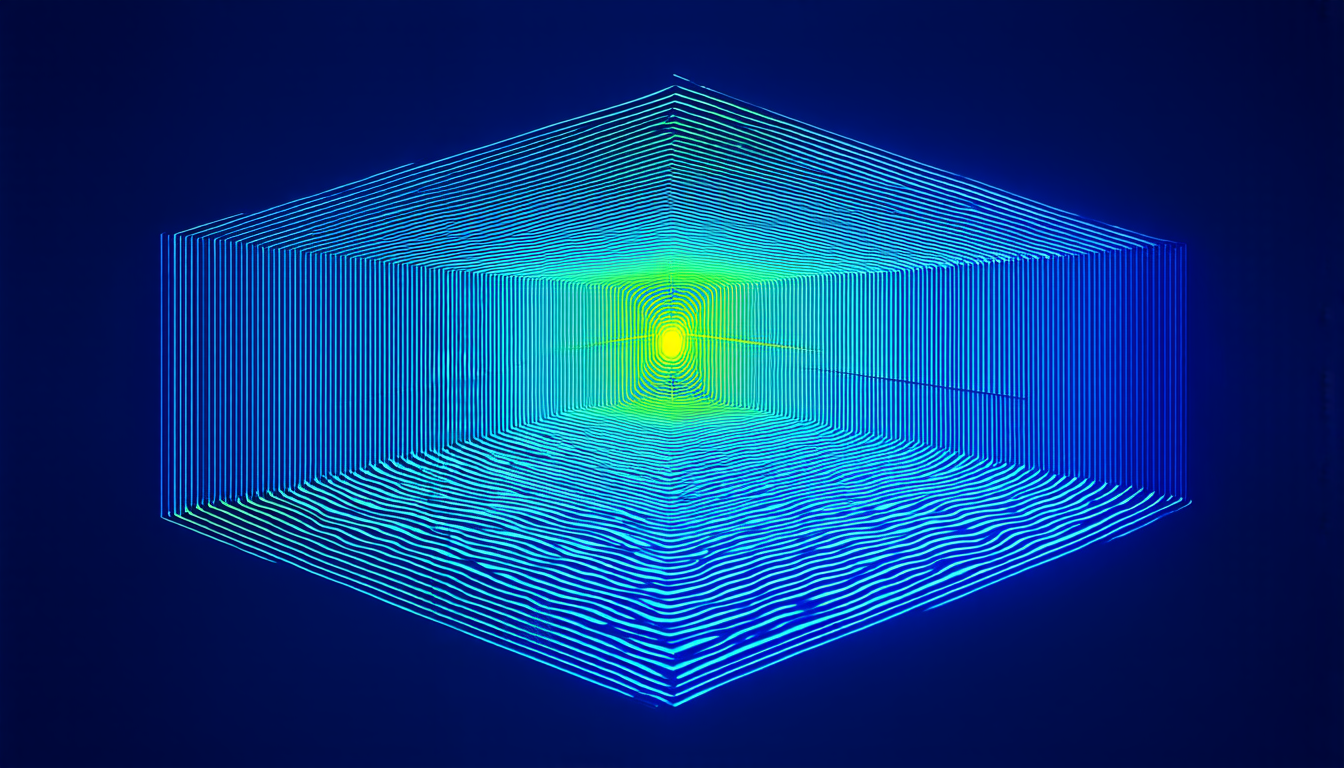Monday 26 May 2025
Scientists have made a significant breakthrough in understanding the behavior of quantum systems, shedding light on the mysterious phenomenon of superradiant phase transitions.
Researchers have been studying the interactions between ultracold atoms and light in a cavity, which can lead to the formation of collective excitations known as superradiance. This occurs when the atoms become aligned and emit light in unison, creating a bright beam that can be thousands of times brighter than a normal laser.
However, scientists have long been puzzled by the sudden onset of this phenomenon, known as the superradiant phase transition. To understand what’s happening, researchers turned to a new theoretical framework that combines quantum mechanics and band theory.
By analyzing the behavior of ultracold atoms in an optical cavity, scientists were able to identify key factors that influence the superradiant phase transition. They found that the transition is triggered by a specific arrangement of the atoms’ energy levels, which can be manipulated using external fields.
The researchers also discovered that the superradiant phase transition is accompanied by a dramatic change in the way light interacts with the atoms. In the normal state, light is absorbed and re-emitted randomly by individual atoms, but during the phase transition, the light becomes coherent and emits in a single direction.
This newfound understanding of the superradiant phase transition has significant implications for quantum technologies, such as quantum computing and quantum communication. By controlling the behavior of ultracold atoms in optical cavities, scientists can create highly efficient and reliable devices that could revolutionize the field.
The study also highlights the importance of interdisciplinary research, combining insights from quantum mechanics and band theory to gain a deeper understanding of complex phenomena. As researchers continue to explore the mysteries of superradiance, they may uncover even more surprising secrets about the behavior of ultracold atoms in optical cavities.
In the future, scientists plan to experimentally verify these findings using advanced techniques such as ultra-high-precision spectroscopy and precision measurements of atomic motion. By doing so, they hope to gain further insight into the intricate dance between light and matter that occurs during the superradiant phase transition.
Cite this article: “Unlocking the Secrets of Superradiance”, The Science Archive, 2025.
Quantum Mechanics, Superradiance, Ultracold Atoms, Optical Cavities, Phase Transitions, Quantum Computing, Quantum Communication, Band Theory, Interdisciplinary Research, Spectroscopy







